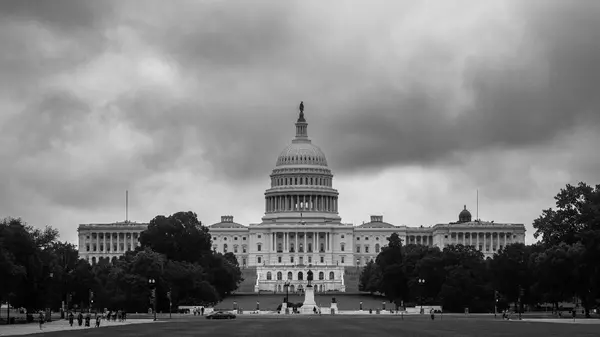Wisconsin Is Struggling in Affordability and Homebuilding: Can Gov. Evers Close the Gap?
Wisconsin’s housing market remains relatively affordable by national standards, but a shortage of new construction is starting to strain that stability.
The Realtor.com® State-by-State Housing Report Card gave the Badger State a C+, signaling moderate affordability but sluggish homebuilding activity. The report—part of the Let America Build campaign—grades each state on how well it balances housing costs and construction momentum.
President Donald Trump recently put pressure on homebuilders to increase construction nationwide, given the issues with construction in the country. In a post on his Truth Social platform in early October, he accused major builders of hoarding lots to prop up prices—likening them to OPEC, which restricts oil output to maintain high prices.
“They’re my friends ... but now, they can get Financing, and they have to start building Homes. They’re sitting on 2 Million empty lots, A RECORD,” Trump wrote. He urged Fannie Mae and Freddie Mac to intervene and “get Big Homebuilders going” to “restore the American Dream.”
Wisconsin’s results show a state that has weathered national price pressures but risks falling behind without more new supply.
Wisconsin’s “C+” grade explained
Realtor.com’s analysis gave Wisconsin a total score of 58.52, placing it near the middle of the national rankings. The state’s median listing price was $381,282 in 2024, supported by a median household income of $74,195. The Realtors Affordability Score came in at 0.67, suggesting that many listings remain attainable for middle-income buyers, though affordability has begun to erode in urban markets.
On the construction side, Wisconsin accounted for just 1.6% of all U.S. housing permits in 2024 despite representing 1.8% of the U.S. population. That results in a permit-to-population ratio of 0.61—well below the national average. The new construction premium—the difference between new and existing home prices—was 39.9%, indicating that new homes tend to cater to higher-income buyers rather than first-time homeowners.
The Midwest’s measured growth
Nationally, the second quarter of 2025 brought modest relief for buyers. The Realtor.com New Construction Insights report found that the median new-home price held steady at $450,797, while resale prices rose 2.4%. That narrowed the national new construction premium to 7.8%, the lowest in the report’s history.
In the Midwest, states like Iowa, Nebraska, and South Dakota continue to lead in affordability thanks to steady permitting and available land. Wisconsin, by contrast, has seen limited growth in housing stock, with builders facing challenges tied to zoning, labor shortages, and material costs.
Wisconsin’s balanced but cautious market mirrors this dynamic: steady demand and prices, but slow movement on new housing development.
But again, the pinch is being felt all over.
“America is short more than 4.7 million homes, and every new home built helps close that gap while fueling local economies," says Shannon McGahn, executive vice president and chief advocacy officer at the National Association of Realtors®.
"NAR research shows that the U.S. has faced a persistent housing shortage for more than a decade, driving up prices and limiting options for buyers. Expanding housing supply creates jobs, supports small businesses, and affords families the opportunity to build generational wealth.”
Governor Evers’ bipartisan housing reforms
In an effort to push through change, in June 2025, Governor Tony Evers signed five bipartisan bills into law aimed at increasing Wisconsin’s housing supply.
The legislation creates or expands several loan programs through the Wisconsin Housing and Economic Development Authority (WHEDA). Developed through negotiations between the Evers administration, developers, home builders, municipalities, and even Republican legislators, the bills represent a rare example of cross-party cooperation in a time of divided government.
Evers also approved separate measures to boost municipal funding and improve deteriorating agricultural roads, addressing infrastructure needs tied to development.
At a May hearing, WHEDA CEO Elmer Moore Jr. estimated that the state needs roughly 120,000 additional rental units to close the current housing gap. Rising costs have also left a growing share of residents “housing burdened,” spending more than half their income on rent or mortgage payments.
“Access to safe, reliable, and affordable housing statewide is an absolutely critical part of addressing Wisconsin’s long-standing workforce challenges,” Evers said in a statement. “But even beyond that, housing ensures our kids have stability, that workers can live near their jobs, and that people in recovery or reentering the workforce have a safe place to rebuild their lives.”
Among the bills include measures to rehabilitate aging homes, convert vacant commercial properties into housing, and coverage of infrastructure costs for developers building new housing.
This article was produced with editorial input from Dina Sartore-Bodo and Gabriella Iannetta.
Categories
Recent Posts










GET MORE INFORMATION

